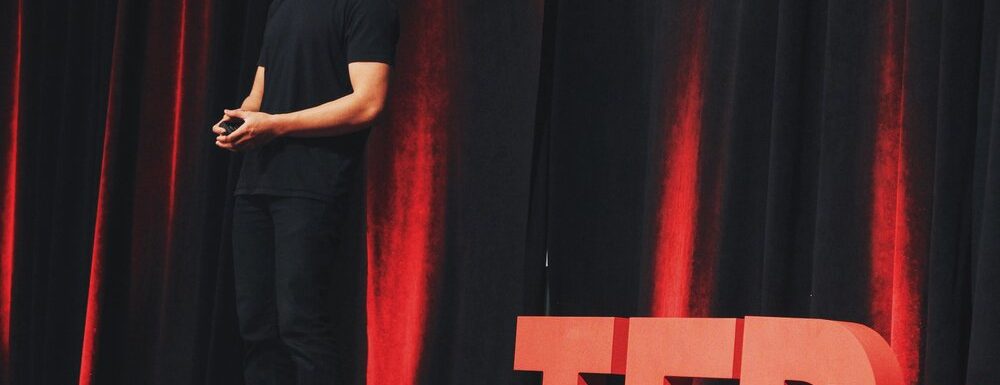This article originally appeared on Medium.com and has been republished here for inspiration.
Every competitive pitch or design project begins with a kickoff meeting with your new client. Your objective in this session: gather and distill information, so you can walk away and synthesize an effective design solution. To accomplish this, you MUST do these three things:
- Define the goal
- Diagnose the problem
- Narrow your design exploration
By doing these three things, your design process will be hyper-focused, and you won’t waste time chasing bad ideas. Let’s break each of those down one by one.
Define the Goal
In one sentence, what is the project? What does it need to do?
Getting the goal out of the client is easy, but often the answer can be a bit lofty. Hear the client out. Help them prioritize what this piece should do. Then distill that into one sentence.
If you use more than one sentence to describe the goal of the project, the interpretation of it and proposed solutions will get watered down. Keep it simple and focused.
Here are a few examples of what that sounds like:
“This video will announce our new product X at CES”
“This branded content video will educate consumers about WiFi technology.”
“This teaser should build hype around the upcoming release of our new sneakers.”
Now that you know what the client is trying to accomplish, what’s getting in the way of that? Let’s move onto the next critical thing you’ll need to do during the kickoff meeting.
Diagnose the Problem
What is the challenge you need to address?
Design is problem-solving. With every project, you’ll have a set of challenges you’ll need to surface and address for your client. After all, that’s what they’re paying for. Here’s what you need to know to diagnose the problem you’re trying to solve: the who, how, and what.
Who is the Target Audience aka The User and why is this important to them? Why do they care?
There can be more than one user, so try and identify the top three and prioritize the most important one.
What does this project need to communicate? What’s the key takeaway message? How should the audience feel after?
If they have too many things to say, prioritize the messaging and define the hierarchy with them. By doing that, you begin to show your value as a partner, using your design skills to provide clarity.
Now that you have a clear message, where and how will it be shown? In what context? What part of the sales cycle is the user?
Depending on the context, a viewer will have a different state of mind and attention span. Is this a pre-roll ad on youtube? Well then you need to hook them in 5 seconds, or they’ll skip this ad. Are they sitting in a convention hall or theater? Well, then you can take your time.
Depending on what stage of the sales cycle the viewer is in, they’ll have different needs and intentions. If it’s early in the sales cycle — they need to be made aware. If it’s late– they’re ready to buy.
Now that you’ve identified, what to say, who to say it to, and how you need to say it, you have identified the challenge.
For most of you, you probably feel like you’re ready to go off and make something, right? Well, it’s not time yet. Why? Because there are way too many possible design solutions to explore within a limited timeframe. So now comes our third step.
Narrow your design exploration
Establish the criteria, and define your sandbox.
Design thinking and problem-solving take a lot of time and effort. If you narrow the possibilities of what’s valuable to explore, before you design, you’ll save time and effort. You’ll stop broadly guessing what the client wants, and can focus the solution they need.
So how do you filter out possible solutions? There are a few key questions you can ask your client:
- What are the creative parameters to work within?
- What can it look like?
- What can it sound like?
Things will get tricky here and you have to look out for coded language; words like “epic, elegant, or energetic.” These are words that have a lot of room for subjective interpretation.
Get specific with examples and break it down into simple language.
Now you have the key ingredients you need to go off and synthesize an effective design solution. Let’s recap those three things one more time.
- Define the Goal — What is it? What does it need to do?
- Diagnose the Problem — What’s the challenge you need to solve?
- Narrow your design exploration — Define what it can and can’t be.
With these three things established, you now have a clear, narrow target to hit when you begin designing. This is your north star, and your blueprint for you and your team to follow.
The goal should drive everything you create and should be filtered by the criteria you’ve collectively established.
